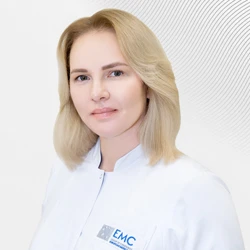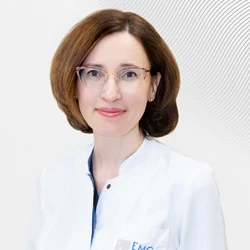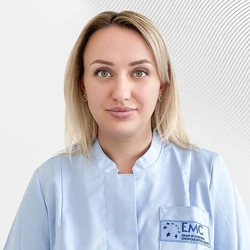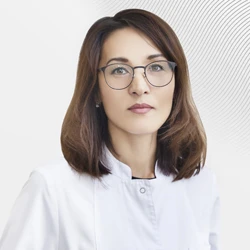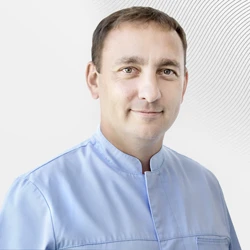Hernia in a child: what should I do?
A hernia occurs due to the spontaneous movement of a part of organs or tissues through defects in natural anatomical barriers. Such obstacles are muscles, special dense tissues in the form of fascia films, the diaphragm (separating the thoracic and abdominal cavities), etc. Depending on the location of the hernia, they are divided into hernias of the anterior abdominal wall, diaphragmatic, spinal, etc. It is important to remember one thing – there are no physiological hernias!
There is, perhaps, the only exception – umbilical and umbilical (paraumbilical) hernias in young children. The fact is that immediately after birth, children have an opening in the navel area in the dense fascial layer (aponeurosis), which is part of the abdominal wall framework. The blood vessels of the umbilical cord pass through it, which are vital for the baby right up to birth. After ligation of the umbilical cord, the vessels gradually overgrow, and the hole, which is often called the umbilical ring, remains. Therefore, the contents of the abdominal cavity can bulge out through it, forming an umbilical hernia.
This condition, as a rule, does not pose a serious danger, and 80-85% of children experience spontaneous recovery during the first years of life. Contrary to popular belief, this process is completely unaffected by the quality of "tying the navel" in the maternity hospital and subsequent folk measures such as gluing the navel with a plaster, gluing a coin, etc. Competent abdominal massage and gymnastics can speed up recovery. If the hernia has not disappeared for up to 5 years, then surgical treatment is necessary, the essence of which is to "sew up" the defect with surgical material. Such operations are regularly performed by EMC pediatric surgeons.
A completely different tactic has been adopted for inguinal hernias. In some children, the so-called vaginal processes of the peritoneum remain open after birth, which are sac-like inversions that penetrate into the inguinal region and even into the genitals. Intestinal loops, parts of the omentum, fluid from the abdominal cavity can slip through them, and in girls, the ovaries can form characteristic hernial protrusions. Inguinal hernias never go away on their own! The hernia may stop being noticeable for a while, but the anatomical defect remains. Therefore, a hernia can reappear at any time, and, most dangerously, a hernia injury may occur. A part of the intestine is usually infringed, causing its obstruction, which requires emergency surgical care. An even more difficult situation, when the minutes count, occurs when the appendages of the uterus are pinched in girls. At the same time, the probability of organ necrosis and secondary infertility is extremely high. It is precisely because of the constant risk of complications that surgical treatment of children with inguinal hernias is carried out after the child reaches the age of 6 months.
Only surgical removal of the communication between the abdominal cavity and the hernial sac is the only effective way to treat inguinal hernias. In such cases, synthetic materials (meshes, implants) are not used in children to prevent long-term complications associated with the growth of the child and scarring of the tissues around the synthetic insert. On the contrary, modern methods of inguinal hernia surgery in children are aimed at minimizing possible injuries to organs and tissues associated with the hernial sac and responsible for reproductive function. Their damage during surgery or as a result of scarring is a serious, often irreversible complication that manifests itself as infertility many years later.
Today, the method of choice in pediatric surgery is the least traumatic and most reliable method of treating children with inguinal hernias – video endoscopic ligation, which is used in our clinic. The operation lasts 10-15 minutes and does not require restriction of physical activity in the postoperative period. This surgical technique also allows you to identify a possible hidden hernia on the opposite side and eliminate it at the same time. At the same time, an excellent cosmetic result is achieved.
Not all parents and doctors can correctly and timely diagnose a hernia in a child. The most correct way is a regular examination of the child by a pediatric surgeon, who, if problems are identified, will advise the most appropriate treatment method in the optimal time. Of course, the most professional and competent assessment of the situation can only be made by a specialist who has extensive personal experience of these surgical interventions in children and performs them regularly. Such specialists conduct a daily appointment at the Children's Clinic of the European Medical Center.
Why the EMC
The first and only clinic in Russia, created in the image of the world's leading clinics
EMC is a multidisciplinary center offering patients a high level of medical services and a personalized approach
Worldwide recognition and awards
 Learn more
Learn more
Worldwide recognition and awards
 Certificates and licenses
Certificates and licenses
Make an appointment for a consultation
Specify your contacts and we will contact you to clarify the details
Reviews
and new products of the EMC


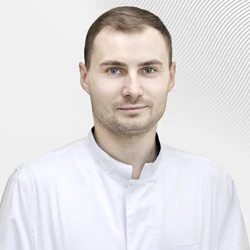
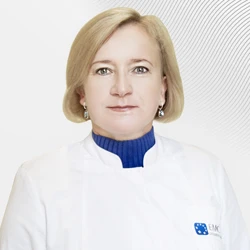
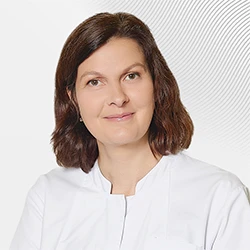
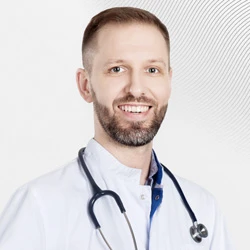
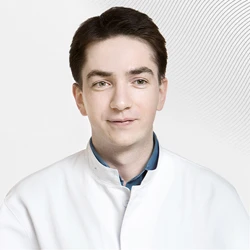
.webp)
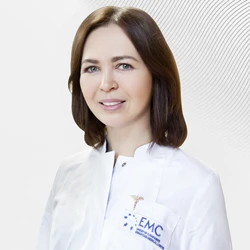

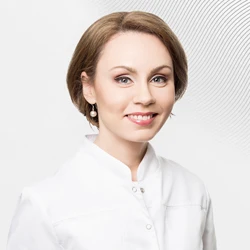

.webp)
